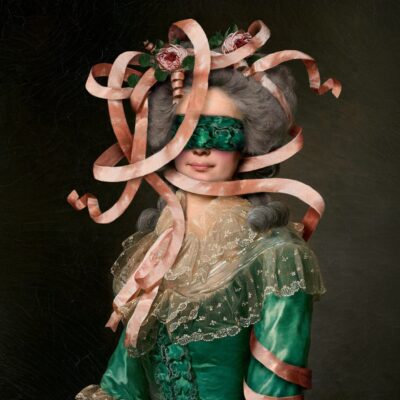
EFHA World 26.05.2025
27.08.2019
European fashion
A story showing how political power, economic forces and fashion were – and still are – inevitably connected.
After World War II, the Eastern European socialist regimes embraced early Bolshevik ideology, and decidedly rejected Western style of dress. The regimes then had to establish a new dominant style which included practical, simple and classless clothing intended for the working woman.
Dissatisfied with the domestic industry and unfashionable clothes they had been imposed, people turned to private tailors, homemade clothing or to the black market. Soon the country struck a discrepancy between production and consumption. The situation improved in the early 60s, thanks to shopping tours in Trieste, commercial advertisements and, above all, the rise of a new middle class fascinated with Western consumer habits. In all the Yugoslavian territory the desire for individualism was strong, as testified by the articles appeared on the Belgrade newspaper Bazar. The first fashion designer in the Yugoslav territory who directly addressed the need for a change in fashion was Aleksandar Joksimović.
Aleksandar Joksimović is one of the most widely known designers in Yugoslavia, not only for his designs, but above all for his ability to conjugate, in his designs, traditions and innovation. Joksimović graduated in 1958 in textile design from the College of Applied Arts in Novi Sad, after a short period studying scenography. After working as designer of work uniforms for the City of Belgrade Institute for Household Improvement, In 1963 he designed his first evening wear collection. His designs received appraisal by the critics, who valued above all his creativity, and this made him a prominent personality in the Yugoslavian fashion system. Joksimović was one of the founders of the National Salon within the institute. In 1964, he started working with the Centrotekstil, Yugoslavia’s export-import giant, but kept his role as ‘couturier’ within the National Salon: his designs were appreciated both by the market and by the political power, since they came from the encounter of fashionable cuts and shapes with traditional motifs and decorations. Joksimović was successful in understanding the social change that was happening in Yugoslavia — and precisely, the needs of the rising middle class – while paying respect to the state ideology, including details from folk costumes in his creations.
His most successful collection were three, presented between 1967 and 1969: Simonides, Stained Glass and Jerina. They were featured on many western fashion magazines, and marked a radical change of the concept of high fashion in socialist Yugoslavia.
Simonides was the first ‘haute couture’ collection of socialist Yugoslavia. It was presented to the Belgrade audience on 7 March 1967. The collection featured pearls, complicated embroidery and prints and simple, neat cuts, with more constructed ‘bell’ sleeves, inspired by medieval Byzantine clothing and serbian traditional attire. Stained glass and Landscape took inspiration from the coloured glass windows with Orthodox and Catholic monasteries. The collection was showcased at the luxurious fashion Feast of the Leningrad and the exhibition hall of the Belgrade Fair, and it was also screened in Zagreb and Ljubljana. Jerina, presented in 1969, included reference to the latest designs presented in paris by the Pierre Cardin, but was described as an ode to the legendary construction of the city of Smederevo, demonstrating how the designer was alienating aligning the meaning of his collections to the general promotion of the state put in action by the regime.